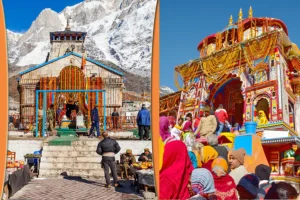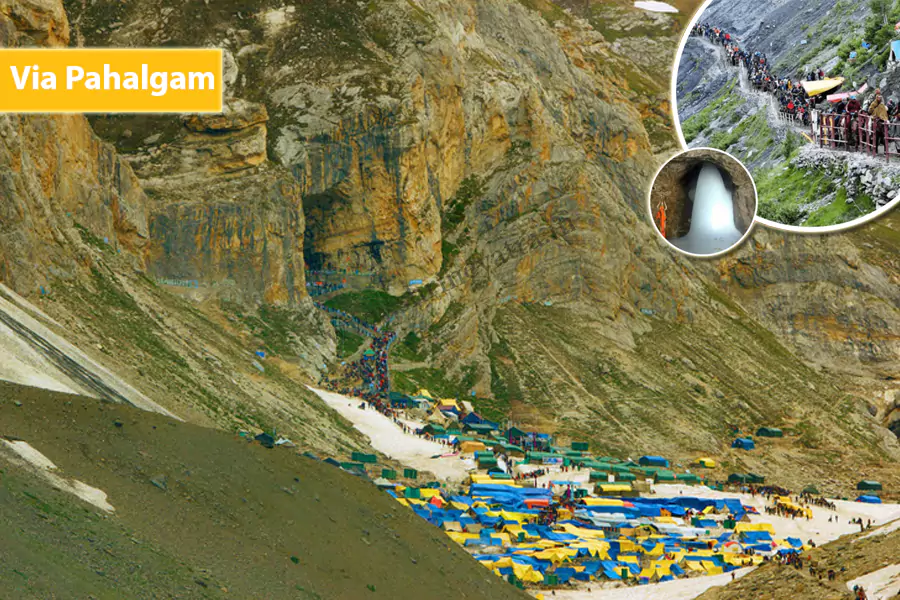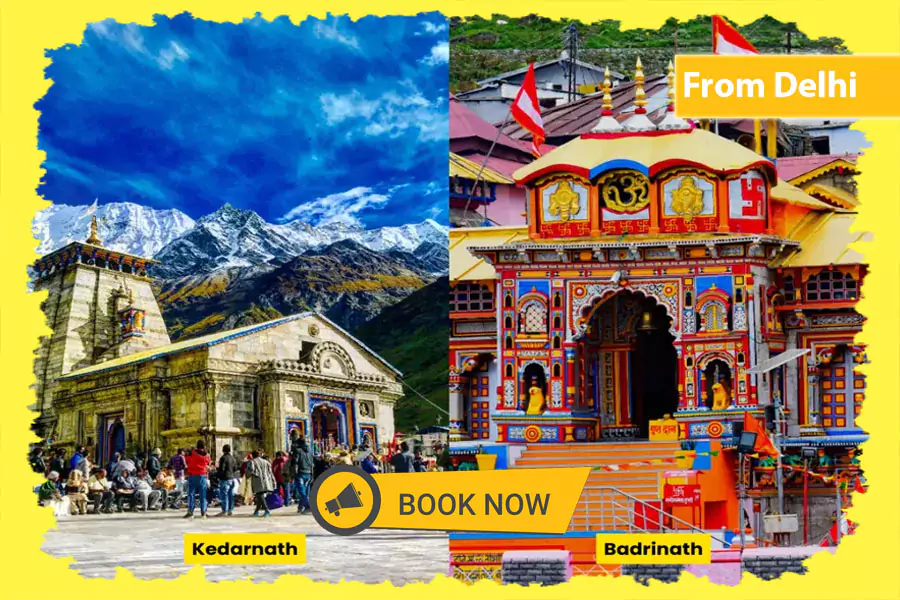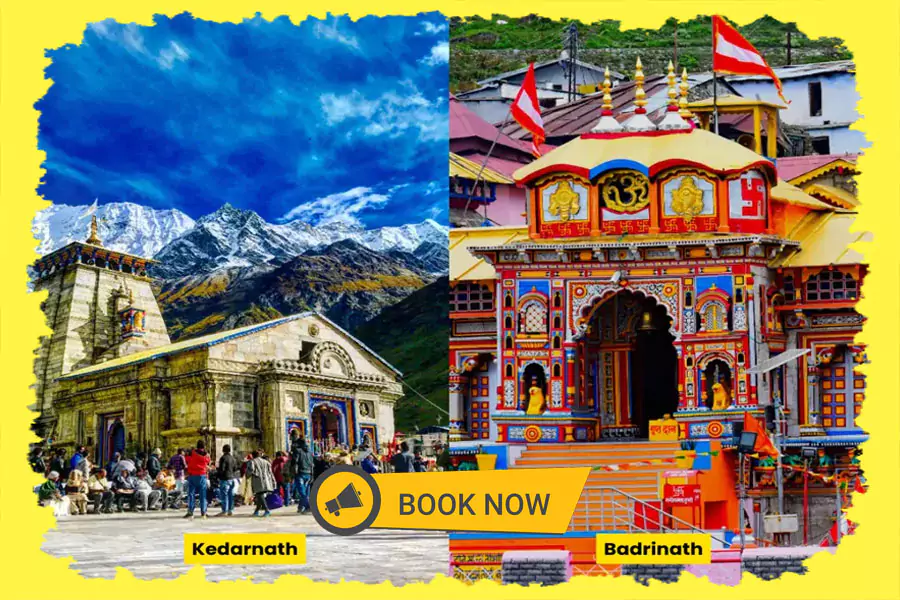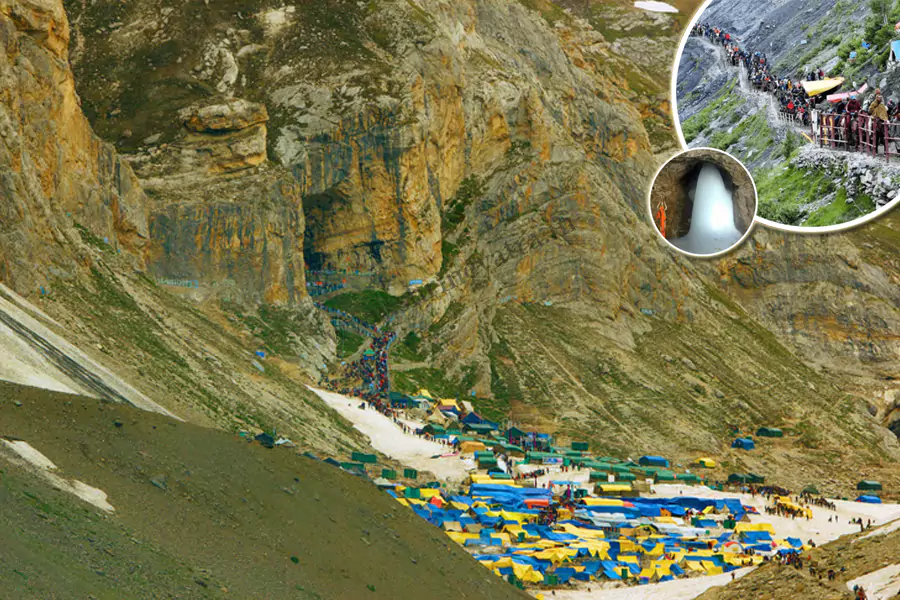
How to Plan Amarnath Yatra
The Amarnath Yatra is far more than just a pilgrimage; it’s a deeply spiritual journey embedded in the faith and devotion of millions of Hindus around the world. Nestled amidst the awe-inspiring Himalayan mountains in Jammu and Kashmir, the Amarnath Cave houses an ice lingam, symbolizing Lord Shiva, making it one of the holiest sites in Hinduism. Each year, countless devotees embark on this challenging journey to pay homage to Lord Shiva and seek his blessings.
How to Plan Amarnath Yatra
Significance
The Amarnath Yatra holds immense significance due to its connection with Lord Shiva and the profound spiritual experience it offers to devotees. According to Hindu mythology, this cave is where Lord Shiva disclosed the secrets of eternity and creation to Goddess Parvati. Pilgrims believe that a visit to the Amarnath Cave and witnessing the ice lingam brings divine blessings and fulfills their wishes, making it a deeply transformative spiritual experience.
Opening/Closing Dates 2025
The Amarnath Yatra for 2025 is set to begin on June 30th and conclude on August 9th. These dates align with the sacred period when the Amarnath Cave is open to devotees, corresponding with the auspicious Hindu month of Shravan.
Best Time to Visit
The optimal time for the Amarnath Yatra is during July and August when the pilgrimage route is accessible, and weather conditions are relatively mild. It’s crucial to avoid the monsoon season and extreme winter months when the area experiences harsh conditions, ensuring a safer and more comfortable journey.
How to Reach
Careful planning is necessary to reach the starting points of the Amarnath Yatra, Baltal, and Pahalgam, considering the available transportation options.
Air Travel: The closest airport is Srinagar Airport, with domestic flights connecting major Indian cities. From Srinagar, pilgrims can hire taxis or use public transport to reach Baltal or Pahalgam.
Rail Travel: Jammu is the nearest major railway station, well-connected to cities across India. From Jammu, pilgrims can travel by road to Baltal or Pahalgam.
Road Travel: State transport buses and private taxis are available from major cities like Jammu and Srinagar to Baltal and Pahalgam, providing convenient access to the pilgrimage routes.
Route Map
The Amarnath Yatra includes two primary routes, each offering a unique experience:
Baltal Route: This shorter route covers approximately 14 kilometers but features steeper terrain. Pilgrims on this path face a more challenging trek but are rewarded with stunning mountain views.
Pahalgam Route: The traditional route from Pahalgam spans a longer distance of around 36 to 48 kilometers, winding through scenic valleys and lush forests. This route offers a more gradual ascent, making it suitable for those seeking a less strenuous trek.
Amarnath Trek Distance
The distance to the Amarnath Cave varies depending on the chosen route:
Baltal Route: About 14 kilometers
Pahalgam Route: Between 36 to 48 kilometers
The trek generally takes 3 to 5 days one way, allowing pilgrims ample time to engage in spiritual practices and rituals along the journey.
Transportation
While trekking remains the traditional mode of reaching the Amarnath Cave, helicopter services have become increasingly popular for those seeking a quicker and more convenient journey. Additionally, state transport buses and private operators offer bus services from Jammu to Baltal and Pahalgam, facilitating easier access to the pilgrimage routes.
Accommodation
Pilgrims have various accommodation options along the Amarnath Yatra route to suit their needs:
Camps: Managed by the Shri Amarnathji Shrine Board and private contractors, these camps with prefabricated huts and private tents provide comfortable lodging during the pilgrimage, equipped with essential amenities.
Food
Pilgrims can find food and refreshment facilities at several locations along the Amarnath Yatra route:
Langar Services: Free meals are provided at designated sites, fostering a sense of community among devotees.
Tea Stalls and Restaurants: Numerous tea stalls and small restaurants along the route offer nourishing meals and refreshments to keep pilgrims energized.
Facilities
Several facilities are available to enhance the overall experience and ensure the safety and well-being of pilgrims:
- Medical Aid Centers: Located along the route, these centers provide healthcare services and emergency aid.
- Cloakroom Facilities: Pilgrims can securely store their belongings at designated cloakrooms, reducing the burden during the trek.
- Transportation Services: Buses and helicopters offer convenient transportation options to and from the pilgrimage sites.
- Communication Facilities: BSNL connectivity ensures pilgrims can stay in touch with loved ones and access essential information during the journey.
Tour Cost
The cost of an Amarnath Yatra package by helicopter varies depending on factors such as accommodation, transportation, and additional services. Pilgrims can choose from a range of packages offered by travel agencies and organizers, catering to different budgets and preferences.
Itinerary
A sample itinerary for an Amarnath Yatra by helicopter might include:
Day 1: Arrival in Srinagar, transfer to Baltal or Pahalgam
Day 2: Helicopter ride to the Amarnath Cave, darshan, and return to base camp
Day 3: Departure from Baltal or Pahalgam, transfer to Srinagar for onward journey
Registration
Pilgrims can register for the Amarnath Yatra online through the official website of the Shri Amarnathji Shrine Board. Necessary documents, including a Compulsory Health Certificate (CHC), must be submitted during the registration process. Offline registration is also available at designated bank branches.
Travel Tips
Key travel tips for pilgrims include:
- Physical Fitness: Prepare physically for the trek with regular exercise.
- Hydration: Drink plenty of water to stay hydrated and prevent altitude sickness.
- Medications: Bring essential medications and a first-aid kit, including altitude sickness remedies and prescribed medications.
- Safety: Follow safety guidelines, wear appropriate trekking gear, and stick to designated routes and timings.
- Respect: Honor the environment and cultural significance of the site by avoiding littering, disturbing wildlife, or any activities that could disrupt the sanctity of the surroundings.
FAQ’s
Q-1: What is the Amarnath Yatra?
Ans: It’s an annual pilgrimage to the Amarnath Cave in Jammu and Kashmir, dedicated to Lord Shiva.
Q-2: When does it take place?
Ans: Usually in June or July, lasting around a month, in line with the Hindu calendar.
Q-3: How long is the trek?
Ans: Approximately 36-48 kilometers (28-30 miles) over 3-5 days.
Q-4: What are the routes?
Ans: Pahalgam (longer, scenic) and Baltal (shorter, steep).
Q-5: Is it physically demanding?
Ans: Yes, due to high altitude and terrain. Physical preparation is advised.
Q-6: What safety precautions are necessary?
Ans: Register with the Shrine Board, undergo medical check-ups, carry appropriate gear, and follow authorities’ instructions.
Q-7: Are there age or health restrictions?
Ans: Yes, restrictions apply based on age and health conditions due to the strenuous journey.
Q-8: Is accommodation available?
Ans: Yes, but it’s limited, so booking in advance is recommended.
Q-9: What’s the significance of the cave?
Ans: It’s where Lord Shiva revealed the secret of immortality and is worshipped as the Shiva Lingam.
Q-10: What rituals are involved?
Ans: Chanting prayers, performing aarti, offering prayers, making donations, and taking a dip in the holy Amarnath stream.
Undertaking the Amarnath Yatra is a profound spiritual experience that transcends the physical trek, touching the depths of one’s soul. As pilgrims navigate the rugged Himalayan terrain, they are not just travelers but seekers of divine grace and enlightenment. This journey instills humility, reverence, and gratitude, connecting devotees with the sacredness of the Amarnath Cave and the eternal presence of Lord Shiva. With meticulous preparation and unwavering faith, pilgrims can embark on this transformative pilgrimage, assured of divine blessings and spiritual fulfillment.

